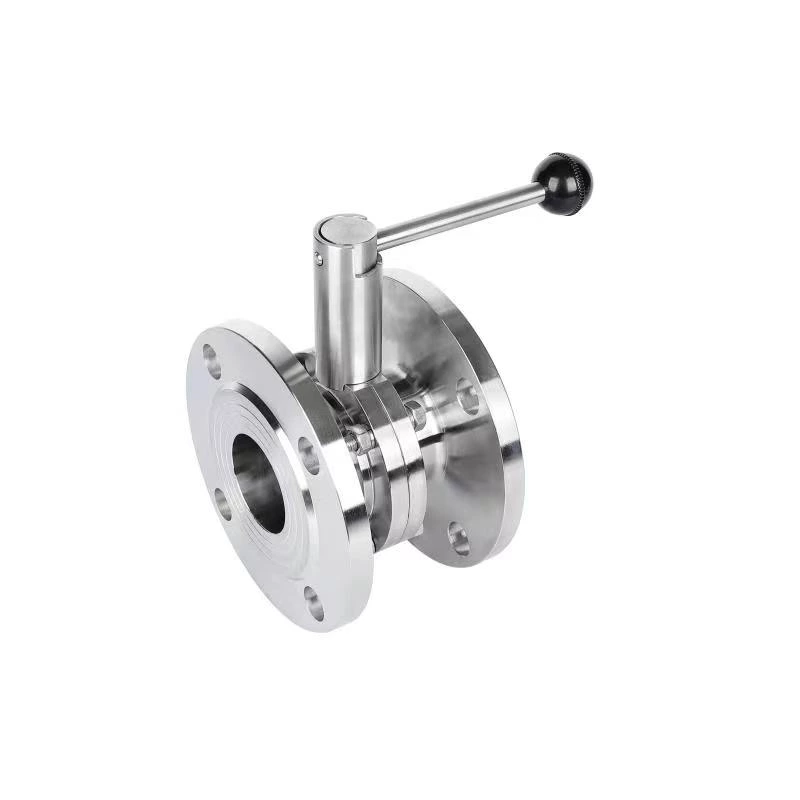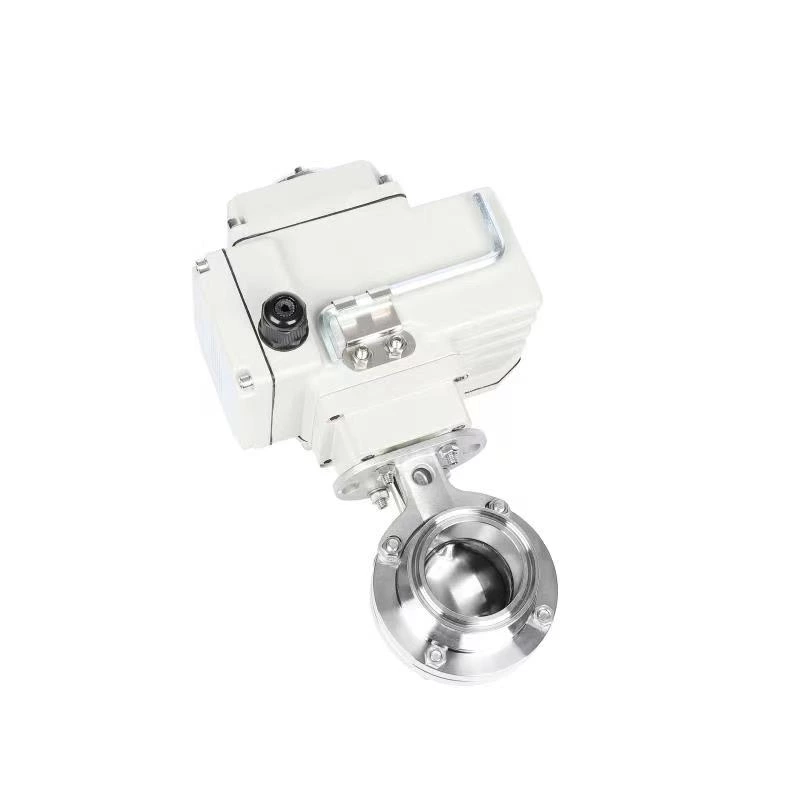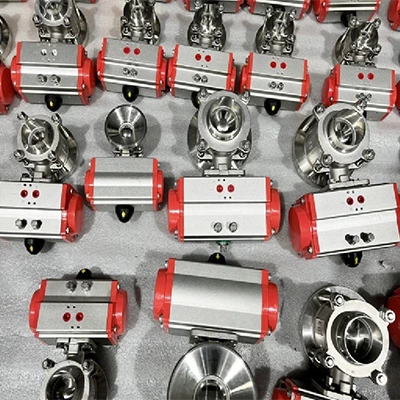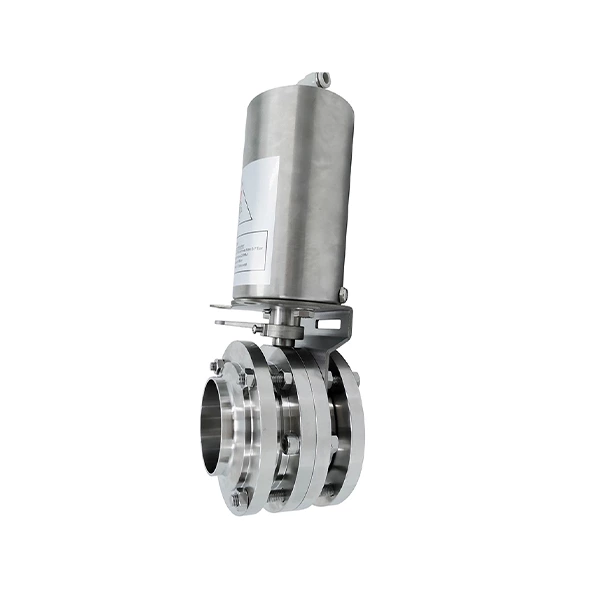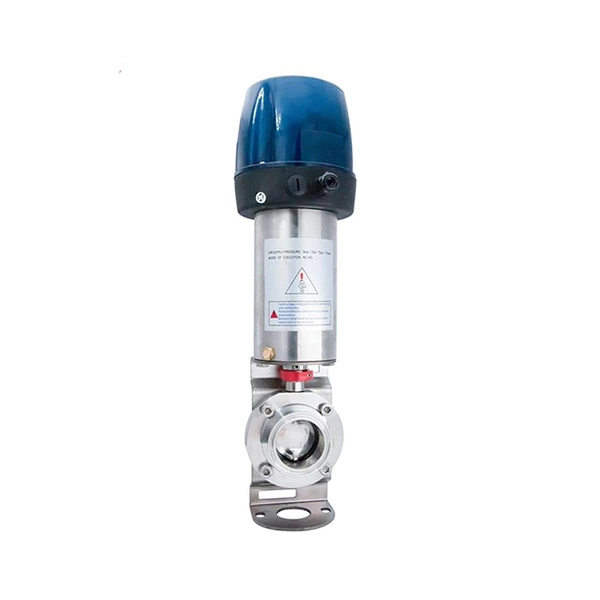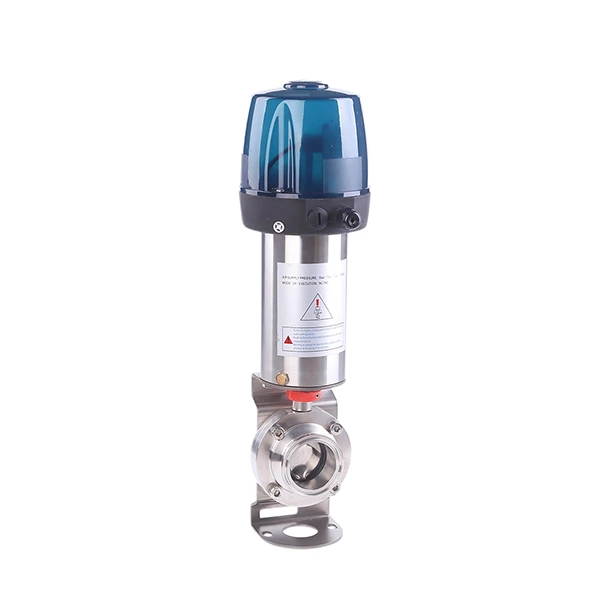Types and differences of butterfly valves. What are the characteristics of butterfly valves and what should be paid attention to when selecting them?
Butterfly valve types and differences:
Centerline butterfly valve, single eccentric butterfly valve, double eccentric butterfly valve and triple eccentric butterfly valve, these types of butterfly valves change the sealing and opening status by setting the position of the valve plate rotation axis.
Under the same circumstances, the angle of rotation required for the valve plate to separate from the seal when the valve is opened is smaller than the other, and the torque received by the valve at each opening is larger than the previous one.
Triple-eccentric butterfly valve: To be resistant to high temperatures, a hard seal must be used, but the leakage is large; to have zero leakage, a soft seal must be used, but it is not resistant to high temperatures. In order to overcome the contradiction of the double eccentric butterfly valve, the butterfly valve was eccentric for the third time. The so-called third center means that the shape of the sealing pair is not a forward cone, but an oblique cone. The unique feature of the triple eccentric butterfly valve is that the valve with the butterfly plate is installed with a three-section shaft structure. The two shaft sections of the three-section shaft valve stem are concentric, and the center line of the central section shaft is offset from the axes at both ends. The plate is mounted on the intermediate shaft section. Such an eccentric structure makes the butterfly plate become double-eccentric when it is in the fully open position, and becomes single-eccentric when the butterfly plate rotates to the closed position. Due to the effect of the eccentric shaft, when it is close to closing, it moves a distance into the sealing cone surface of the valve seat, and the sealing surface of the butterfly plate and the valve seat matches to achieve a reliable seal.
Double-eccentric butterfly valve: A further improvement on the single-eccentric butterfly valve is the double-eccentric butterfly valve that is currently the most widely used. Its structural feature is that the axis of the valve stem is deviated from the center of the butterfly plate and the center of the valve body. The double eccentric effect enables the butterfly plate to quickly separate from the valve seat after the valve is opened, greatly eliminating unnecessary excessive extrusion and scratching between the butterfly plate and the valve seat, reducing the opening resistance, reducing wear, and improving the valve efficiency. seat life.
Single eccentric butterfly valve: In order to solve the extrusion problem between the butterfly plate and the valve seat of the concentric butterfly valve, the single eccentric butterfly valve was produced. The structural feature is that the axis of the valve stem deviates from the center of the butterfly plate, so that the upper and lower ends of the butterfly plate no longer rotate. Axis center, dispersion, reducing excessive extrusion between the upper and lower ends of the plate and the valve seat.
The structural feature of the centerline butterfly valve is that the valve stem axis, butterfly plate center, and valve body center are at the same position. Because the butterfly plate and valve seat are always in a state of extrusion and scraping, the resistance distance is large and wears out quickly. The structure is simple and convenient. In order to overcome extrusion and scratching and ensure sealing performance, the valve seat is basically made of elastic materials such as rubber or polytetrafluoroethylene.
The butterfly valve has the characteristics of rapid opening and closing by 90° rotation, and has the advantages of light weight and small structural size (especially the wafer butterfly valve). However, its sealing reliability is relatively poor, so it is often used in industrial production equipment under medium and low pressure and medium and low temperature medium conditions. With the enlargement of petrochemical production equipment, it is an inevitable trend to replace gate valves with butterfly valves. Due to the emergence of double-eccentric high-performance butterfly valves and triple-eccentric metal hard-seal butterfly valves, they have better solved the problems of thermal expansion compensation and wear compensation. Therefore, butterfly valves have also begun to be gradually used in harsher media conditions.
(1) Classification according to structural form
1. Center seal butterfly valve
2.Single eccentric seal butterfly valve
3.Double eccentric seal butterfly valve
4. Triple eccentric seal butterfly valve
(2) Classification by link method
1. Wafer butterfly valve
2. Flange butterfly valve
3. Leg type butterfly valve
4. Welded butterfly valve
